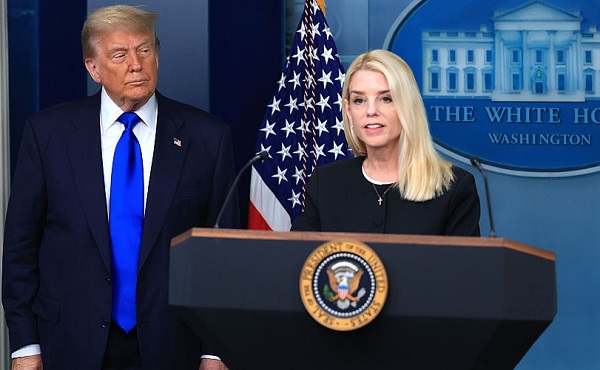COVID-19
Health researcher calls government promotion of Covid mRNA vaccines “confusing”
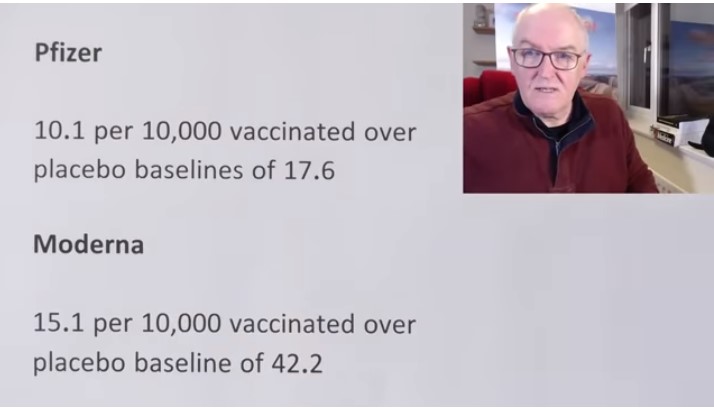
From (2079) Dr. John Campbell – YouTube
British Health researcher John Campbell has uncovered sobering and disturbing statistics regarding serious adverse events connected to covid vaccines.
As Campbell outlines in this presentation, multiple previous vaccines producing far fewer adverse events, have been withdrawn from public use while governments continue to promote covid vaccines.
(Campbell is well known for his meticulous research and he always includes links to the studies he is calling attention to. His presentation notes are below the video)
John Campbell’s research notes and links to relevant studies
Swine flu vaccine (1976), 1 serious event per 100,000 vaccinees,
Vaccine withdrawn Rotavirus vaccine
Rotashield, (1999),1 to 2 serious events per 10,000 vaccinees,
Vaccine withdrawn
Covid mRNA vaccines, 1 serious event per 800 vaccinees,
Vaccine officially promoted
Serious adverse events of special interest following mRNA COVID-19 vaccination in randomized trials in adults https://pubmed.ncbi.nlm.nih.gov/36055…
Free full text available https://www.ncbi.nlm.nih.gov/pmc/arti…
Why We Question the Safety Profile of mRNA COVID-19 Vaccines (Robert M Kaplan and Sander Greenland) https://sensiblemed.substack.com/p/wh…
Using publicly available data from Pfizer and Moderna studies, we found one serious adverse event for each 800 vaccinees. That translates to about 1,250 serious events for each million vaccine recipients.
US, Spain, Australia
Study to evaluate serious adverse events of special interest observed in mRNA COVID-19 vaccine trials.
Secondary analysis of serious adverse events reported in the placebo-controlled, phase III randomized clinical trials, of Pfizer and Moderna mRNA COVID-19 vaccines
Results Pfizer and Moderna mRNA COVID-19 vaccines were associated with an excess risk of serious adverse events
of special interest
Pfizer
10.1 per 10,000 vaccinated over placebo baselines of 17.6
Moderna
15.1 per 10,000 vaccinated over placebo baseline of 42.2
Combined, the mRNA vaccines Associated with an excess risk of serious adverse events of special interest of 12.5 per 10,000 vaccinated
Pfizer trial
Pfizer vaccine group 52 serious AESI (27.7 per 10,000) were reported
Pfizer placebo group 33 serious AESI (17.6 per 10,000) were reported
36 % higher risk of serious adverse events in the vaccine group
Risk difference 18.0 per 10,000 vaccinated
Moderna trial
Moderna trial, vaccine group 87 serious AESI (57.3 per 10,000) were reported
Moderna trial, placebo group 64 serious AESI (42.2 per 10,000) were reported
6 % higher risk of serious adverse events in the vaccine group
Risk difference 7.1 per 10,000 vaccinated
Discussion
The excess risk of serious adverse events found in our study points to the need for formal harm-benefit analyses, particularly those that are stratified according to risk of serious COVID-19 outcomes. These analyses will require public release of participant level datasets. Full transparency of the COVID-19 vaccine clinical trial data is needed, to properly evaluate these questions.
Unfortunately, as we approach 2 years after release of COVID-19 vaccines, participant level data remain inaccessible.
Level of adverse reactions in the past
The 1976 swine flu vaccine
Small increased risk of Guillain-Barré Syndrome
The increased risk was approximately 1 additional case of GBS for every 100,000 people who got the swine flu vaccine. When over 40 million people were vaccinated against swine flu, federal health officials decided that the possibility of an association of GBS with the vaccine, however small, necessitated stopping immunization until the issue could be explored.
The Institute of Medicine (2003) https://www.ncbi.nlm.nih.gov/books/NB…
Concluded that people who received the 1976 swine influenza vaccine had an increased risk for developing GBS. Exact reason for this association remains unknown.
Rotavirus vaccine Rotashield, (1999) https://www.cdc.gov/vaccines/vpd-vac/…
The U.S. Advisory Committee on Immunization Practices (ACIP) October 22, 1999 to no longer recommend use of the RotaShield® vaccine for infants, because of an association between the vaccine and intussusception. The results of the investigations showed that RotaShield® vaccine caused intussusception in some healthy infants Within 2 weeks Intussusception increased 20 to 30 times over the expected risk (Less after the second and third dose) CDC estimated that one or two additional cases of intussusception would be caused among each 10,000 infants vaccinated with RotaShield® vaccine.
COVID-19
Sen. Rand Paul: ‘I am officially re-referring Dr. Fauci to the DOJ’
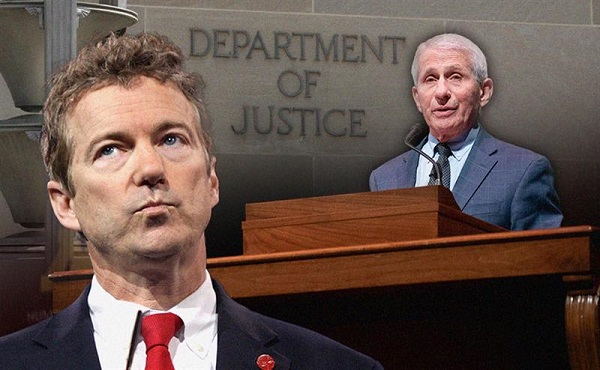
Fr0m LifeSiteNews
‘Perjury is a crime,’ Sen. Rand Paul declared on X. ‘And Fauci must be held accountable.’
Sen. Rand Paul announced Monday that he is again pressuring the U.S. Department of Justice (DOJ) to launch a criminal probe of Dr. Anthony Fauci after The New York Times revealed his 11th-hour pardon by the Biden administration is likely invalid.
“Today, I will reissue my criminal referral of Anthony Fauci to Trump DOJ!” declared Paul, later adding, “Perjury is a crime. And Fauci must be held accountable.”
By late in the afternoon on Monday, the Kentucky senator had composed a letter to Attorney General Pam Bondi citing the times he believed Fauci had lied under oath during congressional hearings and urging the DOJ to finally investigate Fauci.
“In July 2023, I referred Dr. Anthony Fauci to the Department of Justice for lying under oath to Congress. His own emails directly contradicted his sworn testimony,” Paul wrote X.
“NYT reports Fauci was quietly pardoned by an autopen, operated by Biden’s staff. If the President didn’t authorize this pardon personally, then the Department has a duty to investigate and prosecute as it would any ordinary citizen,” Paul said.
“Fauci has been sainted by the extremist Left, but it doesn’t erase his lying before Congress,” Paul said. “I am officially re-referring Dr. Fauci to the DOJ.”
In July 2023, I referred Dr. Anthony Fauci to the Department of Justice for lying under oath to Congress. His own emails directly contradicted his sworn testimony.@NYT reports Fauci was quietly pardoned by an autopen, operated by Biden’s staff. If the President didn’t authorize… pic.twitter.com/j0wrt6QdoJ
— Senator Rand Paul (@SenRandPaul) July 14, 2025
Sen. Paul concluded his letter to Bondi by explaining that his autopen pardon is now seen to be illegitimate:
On January 19, 2025, Dr. Fauci was issued a full and unconditional pardon for any offenses that he may have committed or taken part in since 2014. Dr. Fauci was included among a group of individuals granted unprecedented preemptive pardons on President Joe Biden’s final day in office. However, new information has revealed that these pardons were executed via autopen, with no documented confirmation that the President personally reviewed or approved each individual grant of clemency.
According to reports, White House staff authorized the use of the autopen to issue the clemency documents. This raises serious constitutional and legal concerns about the legitimacy of Dr. Fauci’s Pardon.
President Donald Trump told reporters on Monday that the constant reliance on the autopen by the Biden administration is “one of the biggest scandals that we’ve had in 50 to 100 years.”
“I guarantee (Biden) knew nothing about what he was signing,” Trump asserted.
“I guarantee it,” he emphasized.
Fauci’s mendacious relationship with Congress
The senator from the Bluegrass State and Dr. Fauci have long had a combative relationship.
In 2021, Sen. Paul alleged that Fauci, who then served as director of the National Institutes of Allergy and Infectious Disease (NIAID) and as medical adviser to former President Joe Biden, “lied to Congress” when he claimed that the National Institutes of Health (NIH), of which the NIAID is a part, was not funding and had never funded “gain-of-function” research in Wuhan, China.
Then in 2023, Paul again filed a criminal referral to the DOJ against the White House COVID czar for lying to Congress about his role in subsidizing controversial gain-of-function (GOF) research that was suspected of contributing to the COVID outbreak.
“We have him dead to rights, the problem is this: we have Merrick Garland who I think is a pure rank partisan,” Paul said at the time. “I don’t think he’ll ever be prosecuted. We also have a Democrat Party that is happy to have paid him more than the president, more than any president makes and he actually got a million dollars from a private foundation while he was still a public servant. Everything about this is rotten to the core and if we don’t bring him to justice we’ll never get the control we need on this type of research to try and prevent it from happening again.”
Paul has said multiple times that Dr. Fauci should “go to prison” for lying to Congress.
Business
Conservatives demand probe into Liberal vaccine injury program’s $50m mismanagement
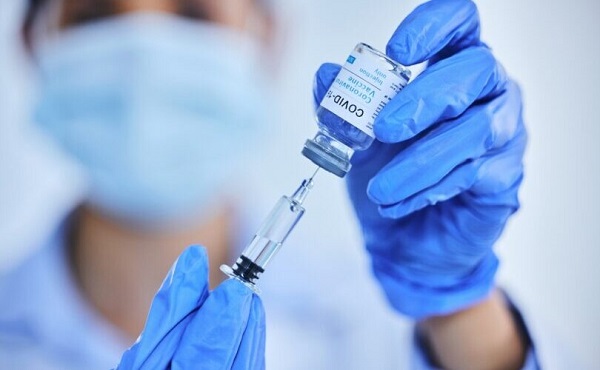
From LifeSiteNews
The Liberals’ Vaccine Injury Support Program is accused of mismanaging a $50-million contract with Oxaro Inc. and failing to resolve claims for thousands of vaccine-injured Canadians.
Conservatives are calling for an official investigation into the Liberal-run vaccine injury program, which has cost Canadians millions but has little to show for it.
On July 14th, four Conservative Members of Parliament (MPs) signed a letter demanding answers after an explosive Global News report found the Liberals’ Vaccine Injury Support Program (VISP) misallocated taxpayer funds and disregarded many vaccine-injured Canadians.
“The federal government awarded a $50 million taxpayer-funded contract to Oxaro Inc. (formerly Raymond Chabot Grant Thornton Consulting Inc.). The purpose of this contract was to administer the VISP,” the letter wrote.
“However, there was no clear indication that Oxaro had credible experience in healthcare or in the administration of health-related claims raising valid questions about how and why this firm was selected,” it continued.
Canada’s VISP was launched in December 2020 after the Canadian government gave vaccine makers a shield from liability regarding COVID-19 jab-related injuries.
However, mismanagement within the program has led to many injured Canadians still waiting to receive compensation, while government contractors grow richer.
“Despite the $50 million contract, over 1,700 of the 3,100 claims remain unresolved,” the Conservatives continued. “Families dealing with life-altering injuries have been left waiting years for answers and support they were promised.”
Furthermore, the claims do not represent the total number of Canadians injured by the allegedly “safe and effective” COVID shots, as inside memos have revealed that the Public Health Agency of Canada (PHAC) officials neglected to report all adverse effects from COVID shots and even went as far as telling staff not to report all events.
The PHAC’s downplaying of vaccine injuries is of little surprise to Canadians, as a 2023 secret memo revealed that the federal government purposefully hid adverse effect so as not to alarm Canadians.
Of the $50.6 million that Oxaro Inc., has received, $33.7 million has been spent on administrative costs, compared to only $16.9 million going to vaccine-injured Canadians.
The letter further revealed that former VISP employees have revealed that the program lacked professionalism, describing what Conservatives described as “a fraternity house rather than a professional organization responsible for administering health-related claims.”
“Reports of constant workplace drinking, ping pong, and Netflix are a slap in the face to taxpayers and the thousands of Canadians waiting for support for life altering injuries,” the letter continued.
Regardless of this, the Liberal government, under Prime Minister Mark Carney, is considering renewing its contract with Oxaro Inc.
Indeed, this would hardly be the first time that Liberals throw taxpayer dollars at a COVID program that is later exposed as ineffective and mismanaged.
Canada’s infamous ArriveCan app, which was mandated for all travelers in and out of Canada in 2020, has cost Canadians $54 million, despite the Public Health Agency of Canada admitting that they have no evidence that the program saved lives.
Details regarding the app and the government contracts surrounding it have been hidden from Canadians, as Liberals were exposed in 2023 for hiding a RCMP investigation into the app from auditors.
An investigation of the ArriveCan app began in 2022 after the House of Commons voted 173-149 for a full audit of the controversial app.
-

 Opinion1 day ago
Opinion1 day agoPreston Manning: Three Wise Men from the East, Again
-

 Uncategorized2 days ago
Uncategorized2 days agoCNN’s Shock Climate Polling Data Reinforces Trump’s Energy Agenda
-

 Addictions1 day ago
Addictions1 day agoWhy B.C.’s new witnessed dosing guidelines are built to fail
-

 COVID-191 day ago
COVID-191 day agoTrump DOJ dismisses charges against doctor who issued fake COVID passports
-

 Business1 day ago
Business1 day agoCarney Liberals quietly award Pfizer, Moderna nearly $400 million for new COVID shot contracts
-

 Business1 day ago
Business1 day agoMark Carney’s Fiscal Fantasy Will Bankrupt Canada
-
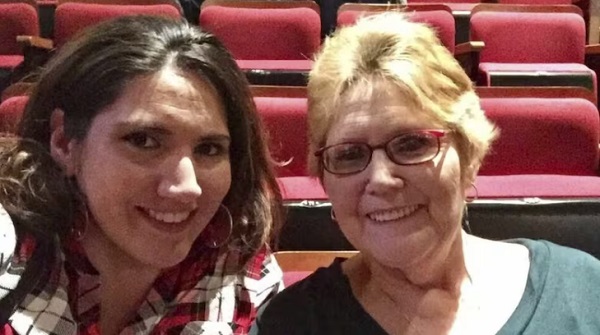
 Energy23 hours ago
Energy23 hours agoActivists using the courts in attempt to hijack energy policy
-

 Frontier Centre for Public Policy2 days ago
Frontier Centre for Public Policy2 days agoCanada’s New Border Bill Spies On You, Not The Bad Guys





